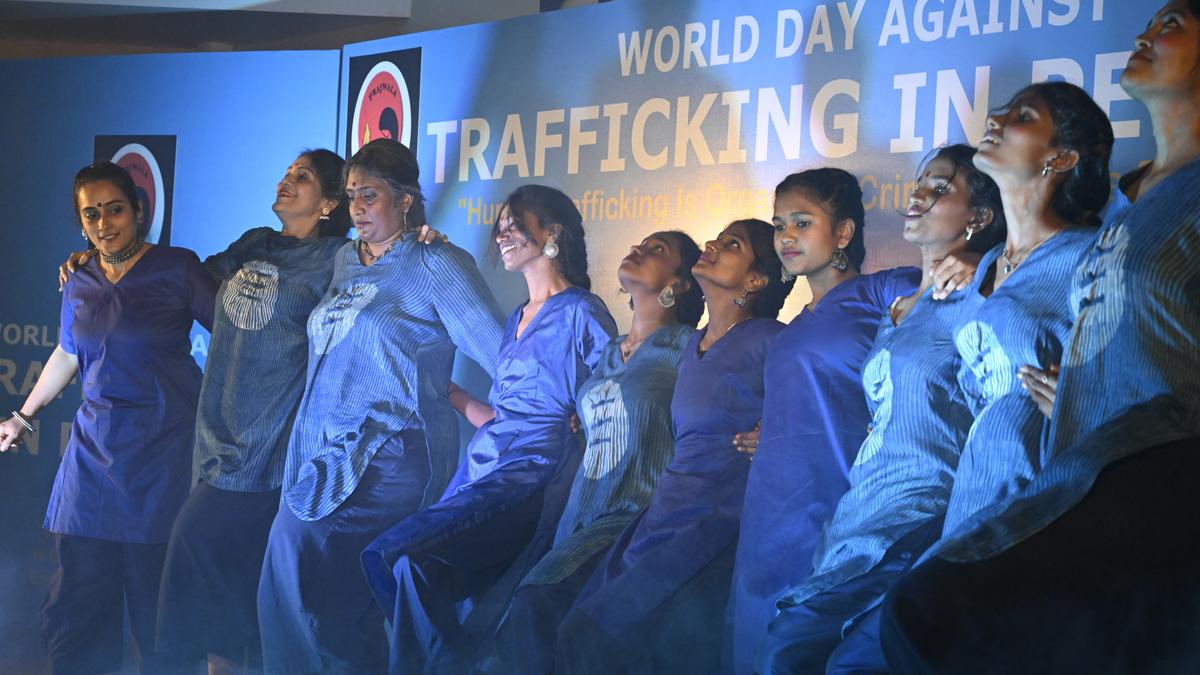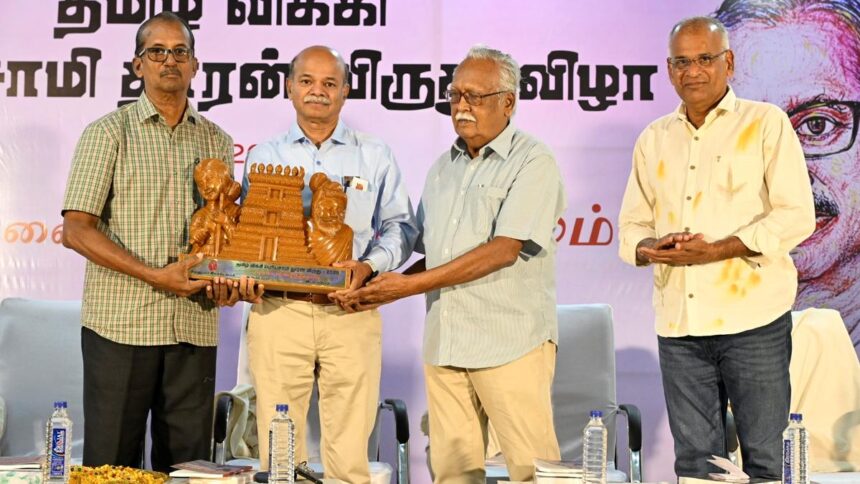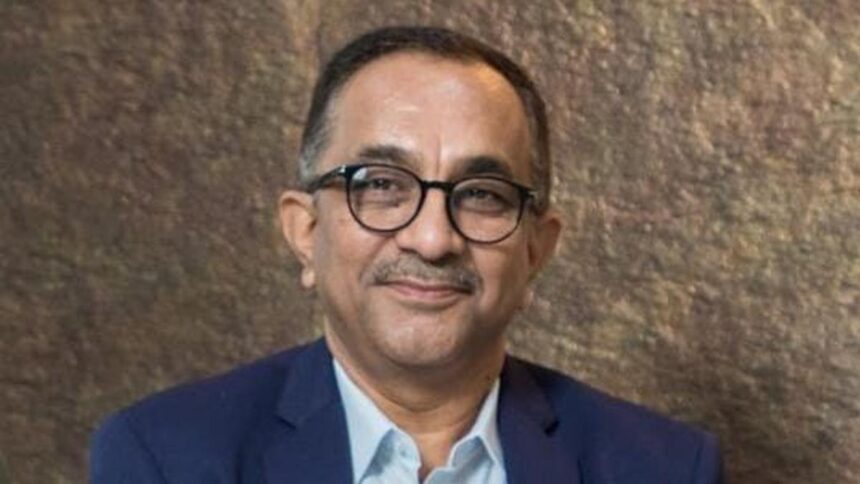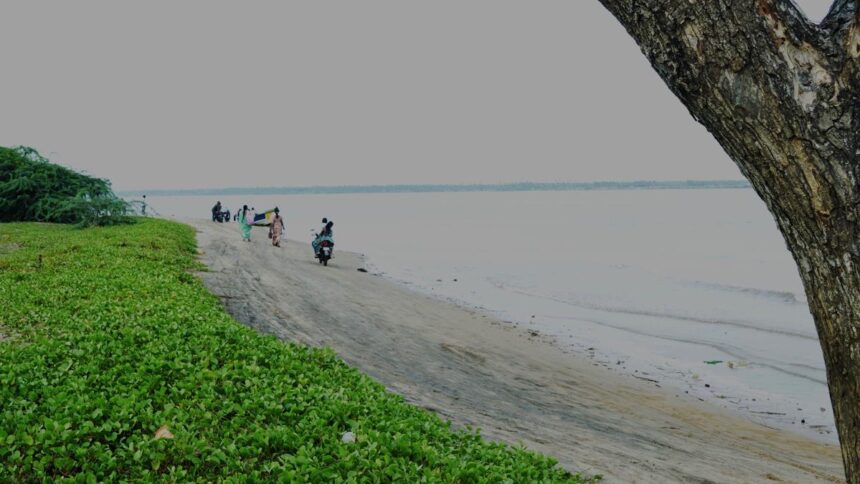
Children take part in a cultural programme held as part of an event to mark World Day Against Trafficking in Persons, in Hyderabad on Wednesday.
| Photo Credit: RAMAKRISHNA G
Despite stronger laws and expansion of rescue efforts, a disturbing gap between rescue and prosecution continues to plague India’s fight against human trafficking, especially when it comes to children. This warning echoed across two major events held in Hyderabad to mark the World Day Against Trafficking, as law enforcement officials, members of civil society groups and policymakers called for urgent, time-bound prosecution and stronger coordination among institutions.
At a State-level consultation organised by Just Rights for Children (JRC) along with the Women Safety Wing and Telangana State Legal Services Authority, officials reviewed the current legal and policy framework related to human trafficking in India, called for inter-agency coordination and advocated for a time-bound action plan.
The Legal Services Authority signed an MoU with JRC’s partner, the Association for Voluntary Action, to ensure faster justice, legal support, rehabilitation and compensation for victims.
Between April 2024 and April 2025, the JRC network of 250 NGOs in 418 districts rescued 56,242 trafficked children and initiated over 38,000 legal actions across India. In Telangana alone, 12 JRC partner organisations have rescued more than 44,000 children since 2023, including over 19,000 from trafficking and labour. However, legal action was pursued in only 12,175 of those cases, underlining the troubling enforcement gap.
Crimes against children and women demand deeper understanding. It is crucial that all stakeholders undergo consistent capacity building, said Kothkota Seetha Dayakar Reddy, chairperson of the Telangana State Commission for the Protection of Child Rights.
Telangana Legal Services Authority member-secretary Panchakshari said that while laws like Protection of Children from Sexual Offences Act, Juvenile Justice Act and Right To Education are in place to safeguard children, gaps in implementation persist. “To end trafficking, we must focus on early reporting and proactive identification of such cases,” the official said.
‘Need for stakeholder collaboration’
Anti-trafficking organisation Prajwala also hosted an awareness event at the KLN Auditorium, Red Hills, to drive public and institutional commitment against sex trafficking and cyber-enabled exploitation.
Chief guest and Minister for Women and Child Welfare D. Seethakka emphasised the critical need for multi-stakeholder collaboration, calling for unified approach from government agencies, civil society and the public at large. The Minister felicitated eight ‘Anti-Trafficking Champions’ from judiciary, police, survivors community and grassroot workers who were a part of combating trafficking and supporting victims.
Additional Director General (Law and Order) Mahesh M. Bhagwat highlighted the importance of victim-centric policing, timely intervention and sustained rehabilitation, noting that collaborative models like that of Prajwala and law enforcement agencies can serve as a blueprint for effective anti-trafficking responses nationwide.
Women and Child Development department secretary Anitha Ramachandran emphasised the importance of empowering Anganwadi workers with the knowledge and tools to identify trafficking indicators while Divya Devarajan, chief executive officer of Society for Elimination of Rural Poverty, spoke about the sensitisation of Village Organisation Assistants on human trafficking, enabling grassroots-level vigilance and early identification of vulnerable individuals.
Venkata Narsamma, joint director of Samagra Shiksha, highlighted the State-wide initiative to train school teachers in identifying and responding to trafficking risks among children.
Published – July 31, 2025 01:43 am IST






















